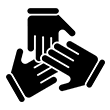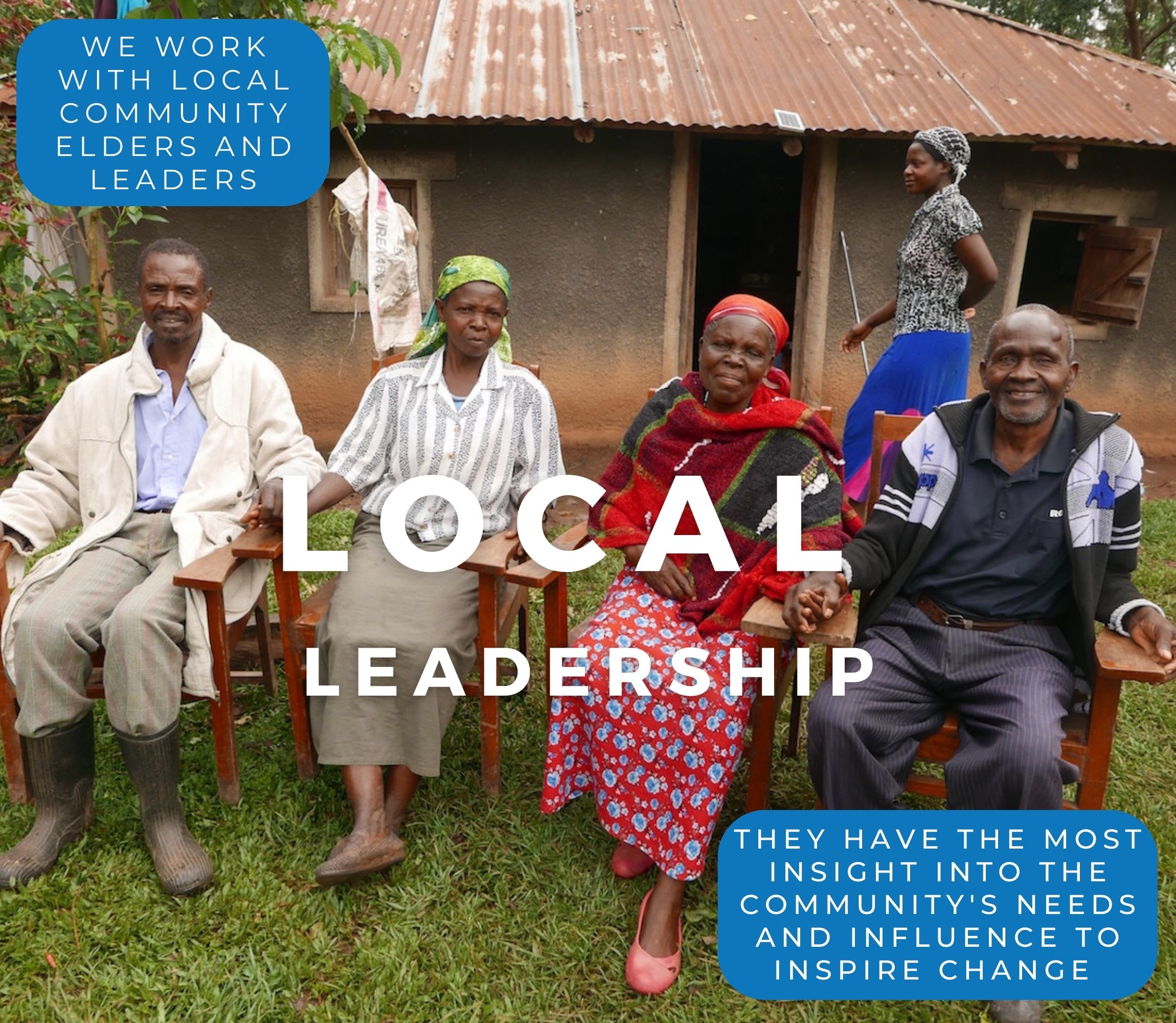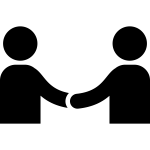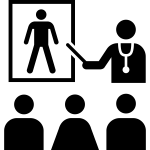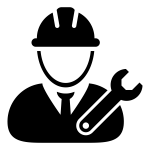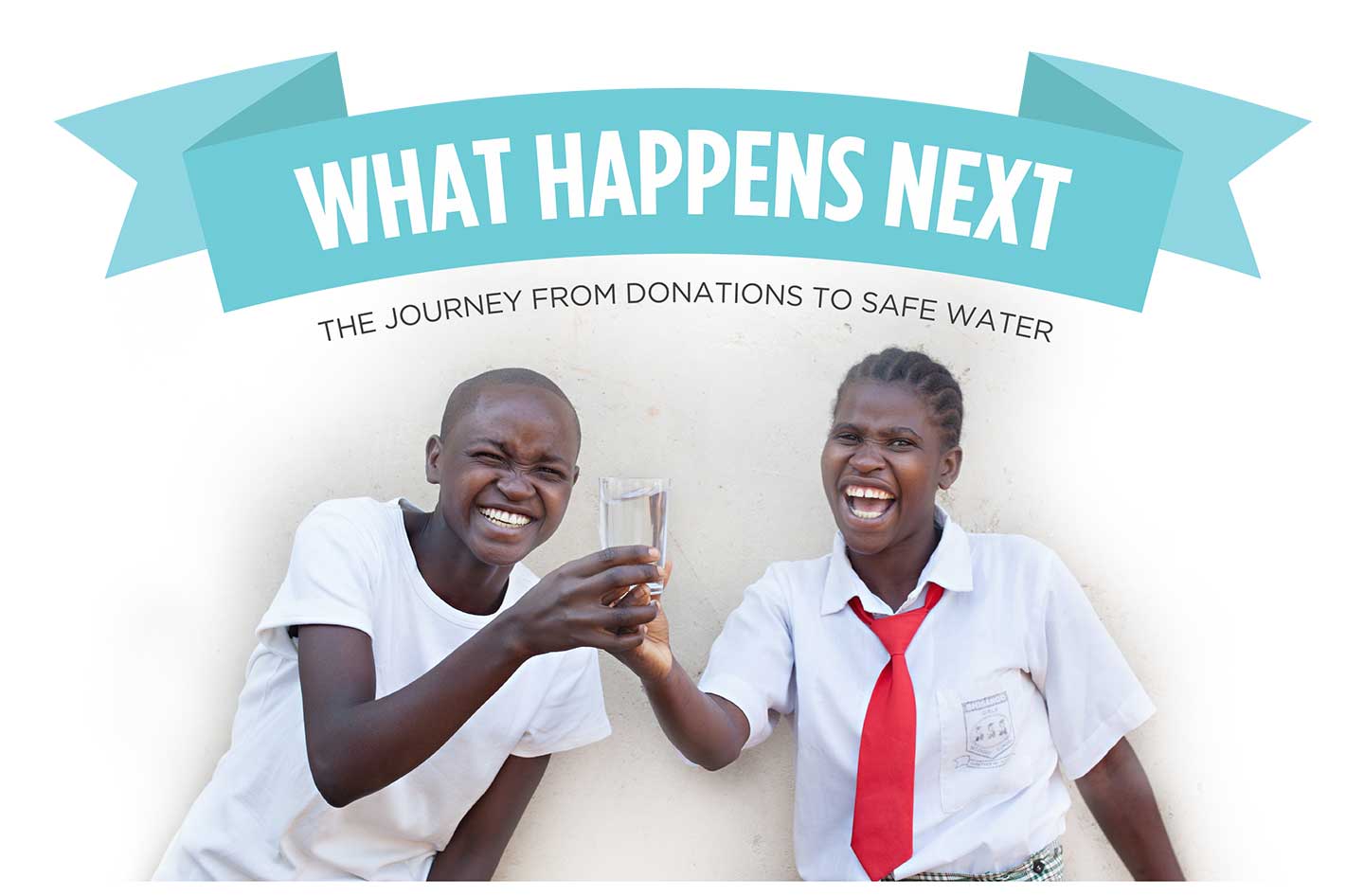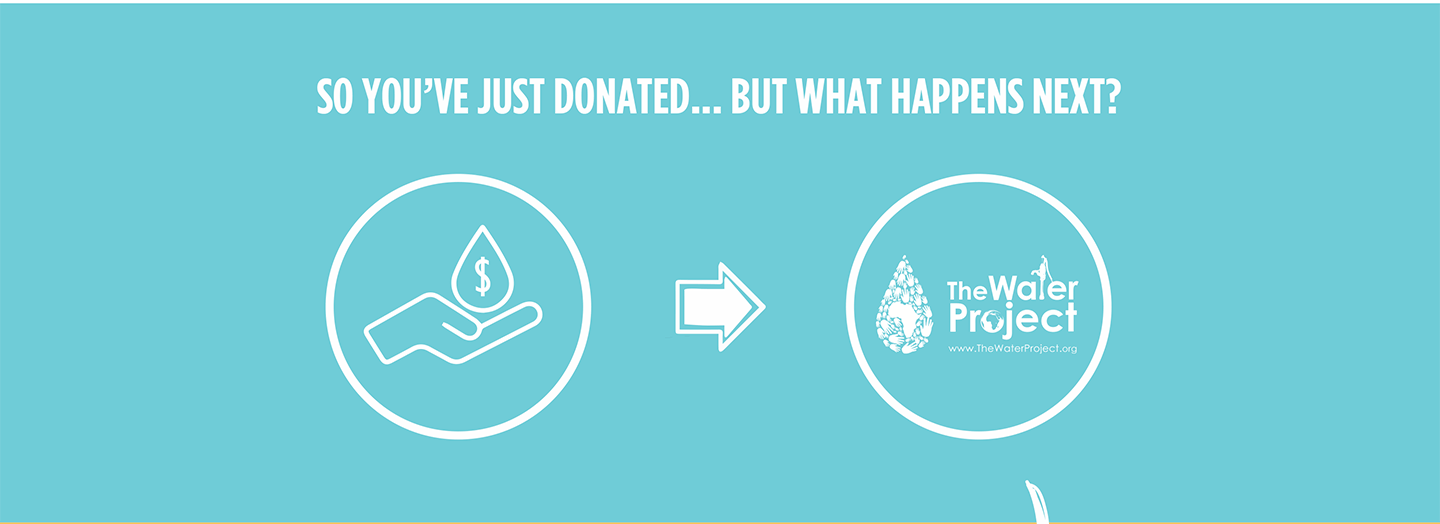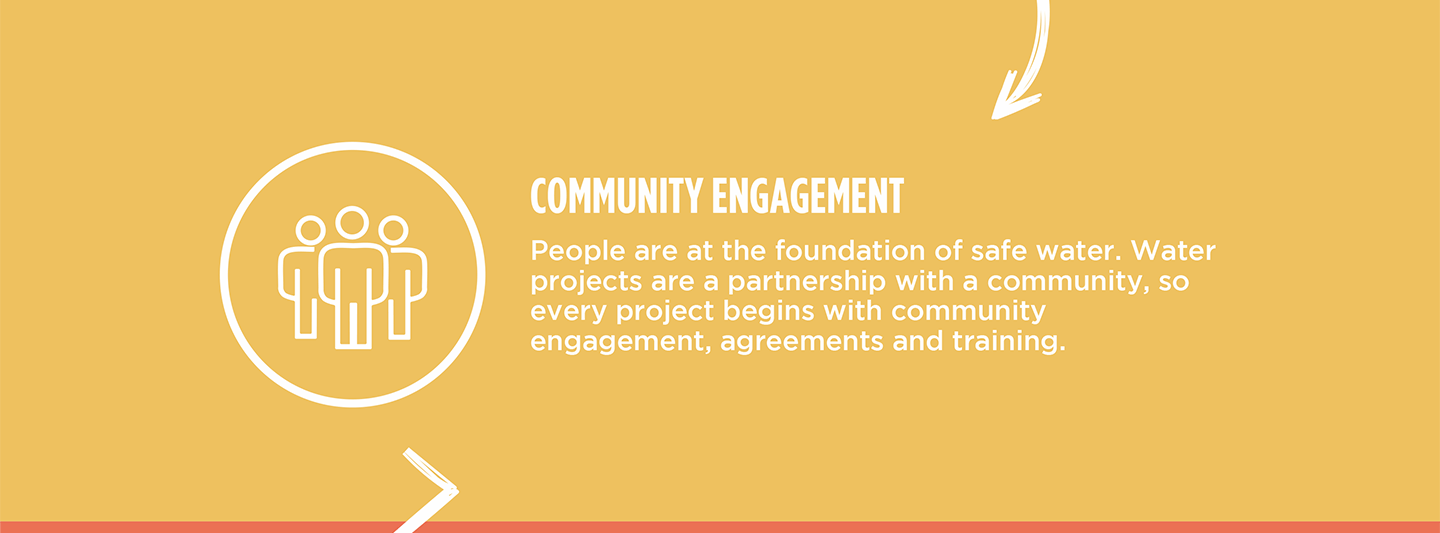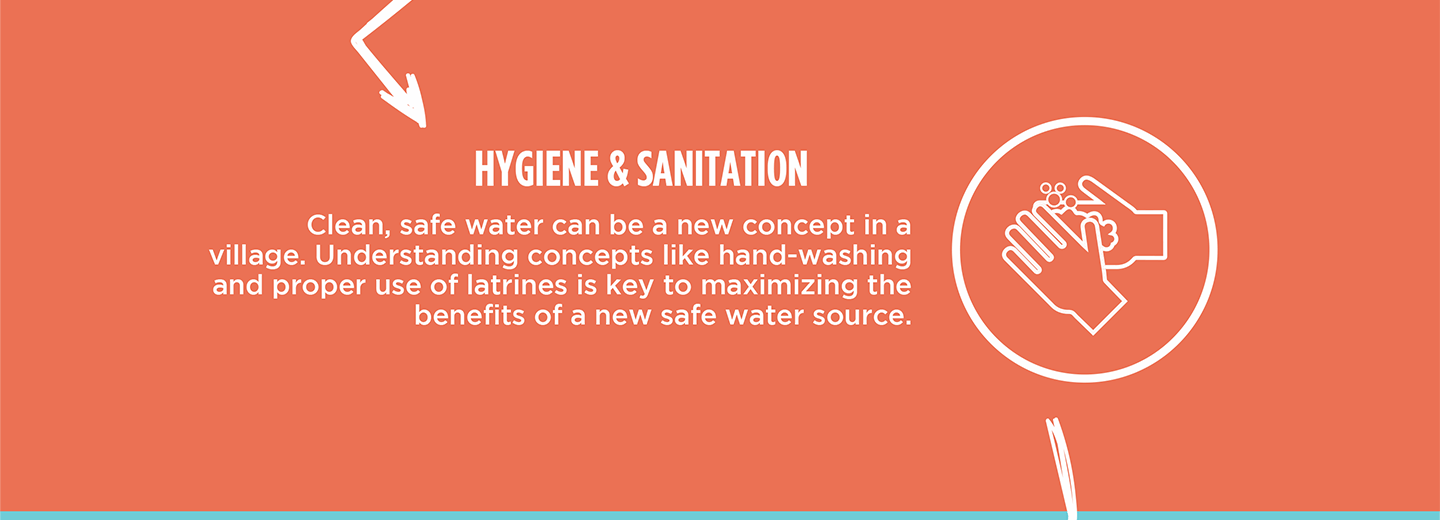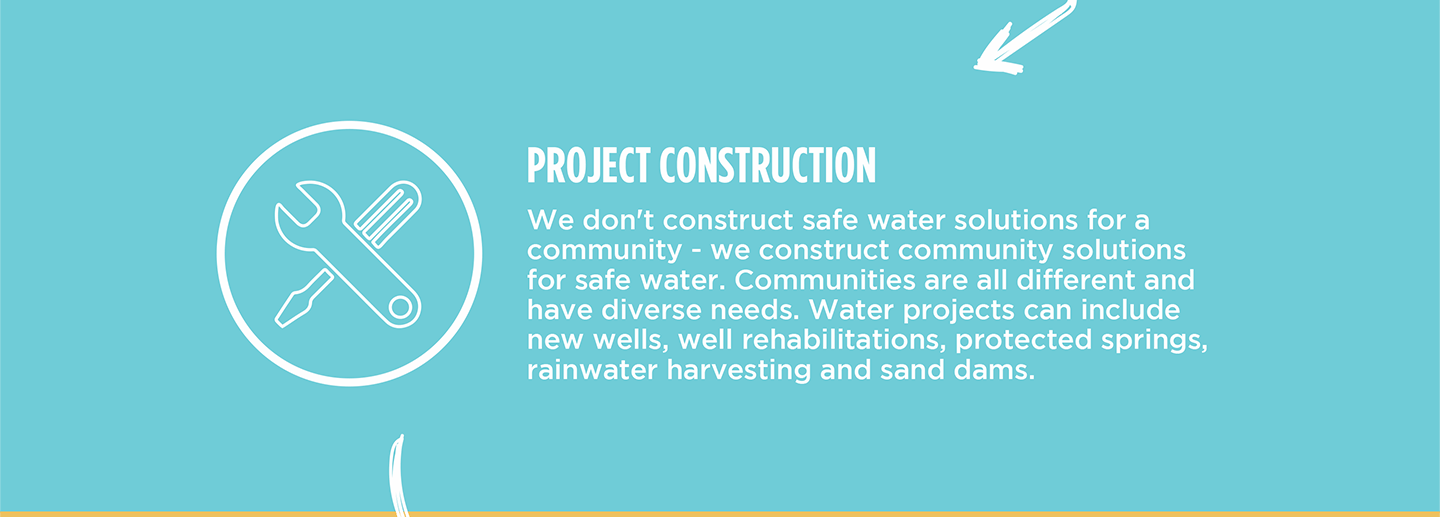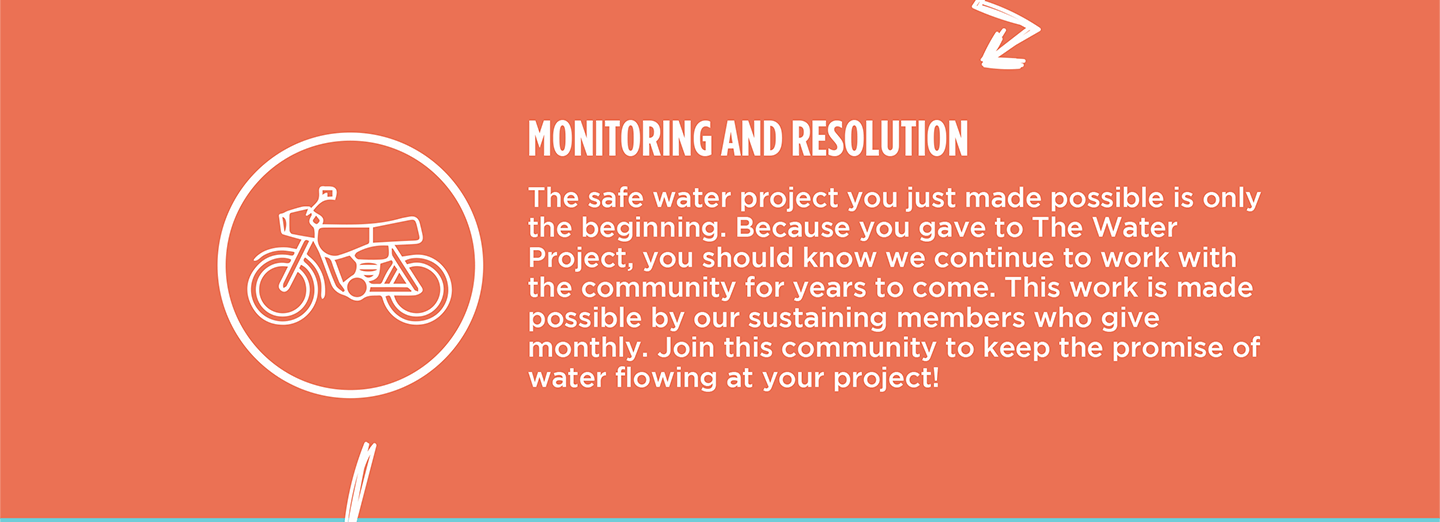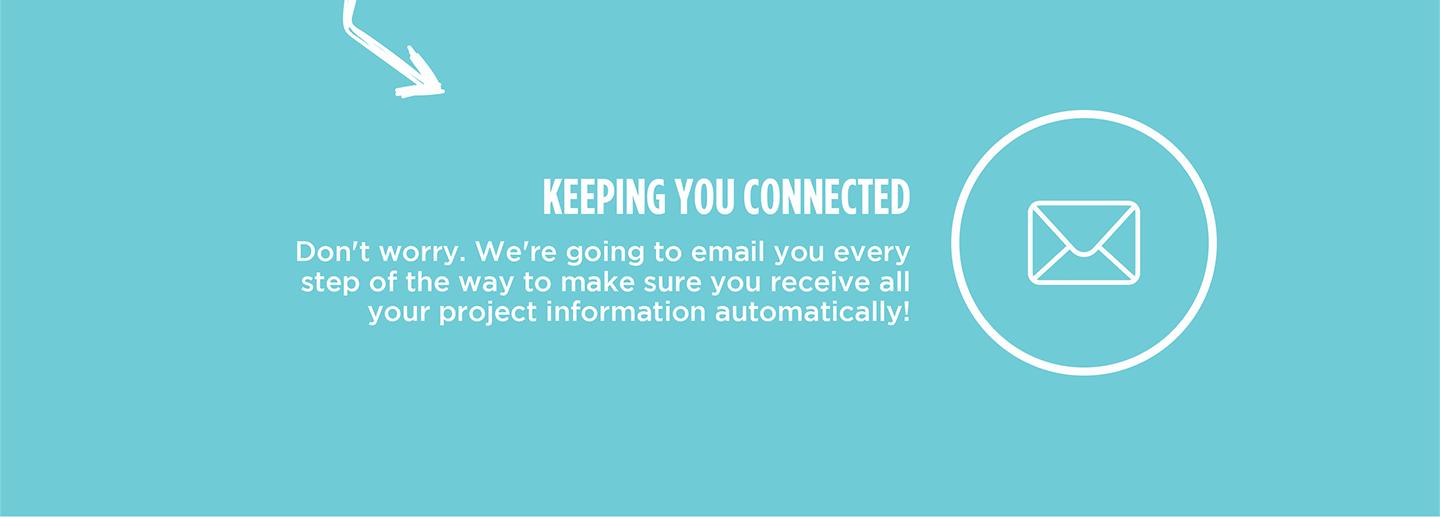The 225 people of Kinyonga struggle to collect sufficient water to meet their daily needs. The community has access to a borehole but is overcrowded, and hours are wasted each day waiting to collect water.
"A big population depends on only one water point. This is evidenced by long queues at the borehole, where people have to wait for over 2 hours to get water. This has also contributed to conflicts between members of the community as they fight to fetch first," said field officer Sarah Katusiime.

"The borehole also frequently breaks down because it's not allowed to rest. The proposed project will reduce on the population depending on the current borehole as some people will be collecting water from the proposed borehole," Sarah continued.
"The borehole is always overcrowded. [I am] forced to wake up early in the morning at 6 am to go and fetch water before the line is very long. When I delay, I find schoolchildren who fetch water before school. On days when the children reach [the well] before me, I find myself going to the garden at 10 am or even foregoing the garden for that day because the sun can be scorching already," said 38-year-old housewife Anna Nanjara (seen below).

Anna continued: "One day, I decided to go with five jerricans so that I [could] make one trip. I left home at 5 pm, but the line was very long since [the] children were on holiday. I left the borehole when it was dark with my five 20-liter jerricans on my son's bicycle. Unfortunately, because it was already dark, I couldn't easily see where I was going and ended up knocking and falling down. Since then, I prefer to carry my one jerrican on my head, which makes me make over 4 trips a day."
Children in the community also feel the pressure of collecting water.

"[I'm] disturbed by teachers who send me to collect water, leaving other pupils learning, and this has impacted greatly on my results," said 12-year-old Sedrach M. (shown above).
The installation of a well can significantly reduce the waiting time for community members who need to collect water. This will free up more time for them to focus on other essential tasks such as attending classes and farming. Access to sufficient water can also help restore some peace in the community by eliminating the need for people to fight over this basic necessity.
The Proposed Solution, Determined Together...
At The Water Project, everyone has a part in conversations and solutions. We operate in transparency, believing it benefits everyone. We expect reliability from one another as well as our water solutions. Everyone involved makes this possible through hard work and dedication.
In a joint discovery process, community members determine their most advantageous water solution alongside our technical experts. Read more specifics about this solution on the What We're Building tab of this project page. Then, community members lend their support by collecting needed construction materials (sometimes for months ahead of time!), providing labor alongside our artisans, sheltering and feeding the builders, and supplying additional resources.
Water Access for Everyone
This water project is one piece in a large puzzle. In Kenya, Sierra Leone, and Uganda, we're working toward complete coverage of reliable, maintained water sources that guarantee public access now and in the future within a 30-minute round trip for each community, household, school, and health center. One day, we hope to report that this has been achieved!
Training on Health, Hygiene & More
With the community's input, we've identified topics where training will increase positive health outcomes at personal, household, and community levels. We'll coordinate with them to find the best training date. Some examples of what we train communities on are:
- Improved hygiene, health, and sanitation habits
- Safe water handling, storage & treatment
- Disease prevention and proper handwashing
- Income-generation
- Community leadership, governance, & election of a water committee
- Operation and maintenance of the water point
A Community-Wide Approach
In Uganda, we require that the community pledges to stop any open defecation practices before we install the water project — meaning that every household must construct and use a latrine. This will help prevent the spread of diseases and start them on a new path toward better hygiene and sanitation alongside their new water source.
To help with this, we assign a Community Development Officer (CDO) to each community, who encourages each household to install a handwashing facility, animal-keeping structures, a garbage pit, and a drying rack for dishes. Each of these homestead components prevent commonly spread diseases in their own way.
We implement something called a Community-Led Total Sanitation (CLTS) approach, which involves setting up multiple meetings during which community members assess their own hygiene and sanitation practices in hopes of creating long-term change. During these sessions, leaders naturally emerge and push the community to recognize current unhealthy behaviors that affect the entire community.

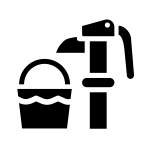 Borehole Well and Hand Pump
Borehole Well and Hand Pump
 Rehabilitation Project
Rehabilitation Project
